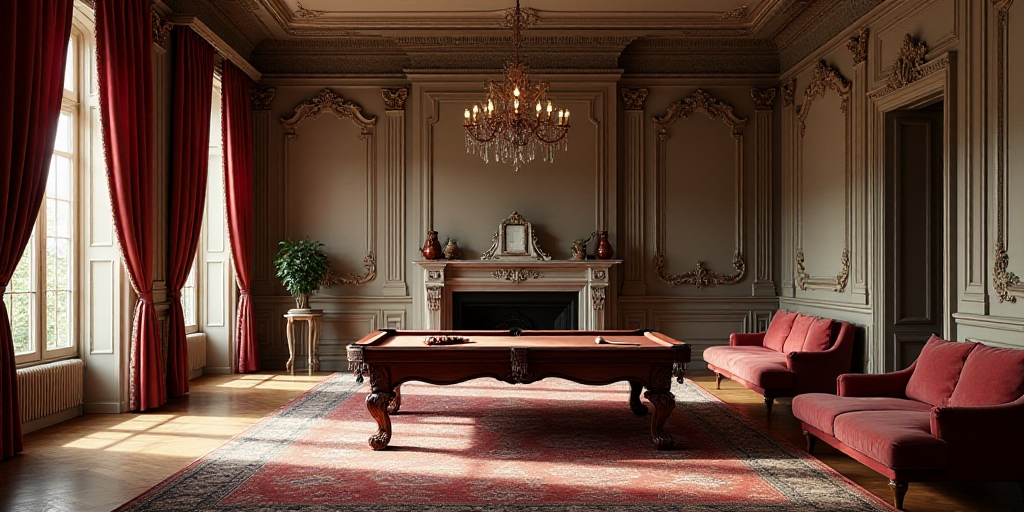Introduction to Mexico’s Ultra-Luxury Real Estate Market
Mexico’s ultra-luxury real estate market has gained international visibility with recent high-profile developments and an economic environment that favors this segment. New international brands are entering the country, and factors such as demographic reconfiguration, foreign investment attraction, and evolving high-net-worth buyer profiles contribute to this growing trend.
Market Growth and Trends
According to the Knight Frank Luxury Outlook 2024, Latin America experiences a 7% increase in ultra-luxury property demand, with Mexico ranking second regionally. Major cities and established tourist destinations have seen unprecedented prices in this segment, with some units exceeding $10 million.
- Mexico’s ultra-luxury real estate market is growing, with a 7% increase in demand according to Knight Frank Luxury Outlook 2024.
- Mexico ranks second in Latin America for ultra-luxury property demand.
- Major cities and tourist destinations have seen unprecedented prices in the ultra-luxury segment.
Recent Developments and Strategies
Projects like MAISON FURNISHED BY ELIE SAAB MAISON, being built in Mexico City’s west side, reflect a positioning strategy targeting discerning clientele seeking distinctive residential experiences. While presented as a design, art, and wellness-focused project, the underlying goal is to elevate luxury as a value-added component within the real estate offering.
The favorable environment also supports this type of investment expansion. The Mexican Association of Real Estate Professionals reported a 14% growth in the premium segment in the metropolitan area over the past year. Factors like nearshoring, foreign capital inflow, and family wealth consolidation have altered market conditions and broadened the demand spectrum.
Evolving Concepts of Luxury
The trend responds not only to economic aspects but also cultural shifts. Contemporary luxury definitions have moved away from ostentation, focusing on authenticity, functionality, and emotional connection. This has led to new valuation criteria for properties, with curated design and differentiated service integration gaining more importance.
Market Size and Brand Expansion
Euromonitor International estimates that Mexico’s luxury market—including real estate, fashion, automobiles, and experiences—will surpass $15 billion by 2025. Meanwhile, the National Chamber of the Textile Industry reports a 35% increase in luxury brand presence over the past decade, with many establishing alliances with local firms.
Challenges and Concerns
This expansion raises concerns about the concentration of high-profile projects in specific areas, putting pressure on urban development, public service access, and housing inequality. While the market caters to international buyers or established wealth, the middle and social housing market continues to face challenges.
Global Luxury Connection and Local Development
The arrival of global brands in Mexico’s real estate sector represents more than just design or marketing. It implies a shift in residential investment priorities, with cultural identity, symbolic space value, and long-term projection gaining importance alongside economic returns. Mexico transitions from a mere tourism or speculative investment destination to a link between global luxury and local development.






